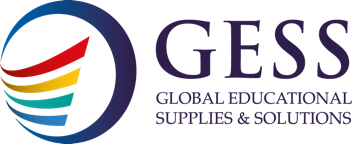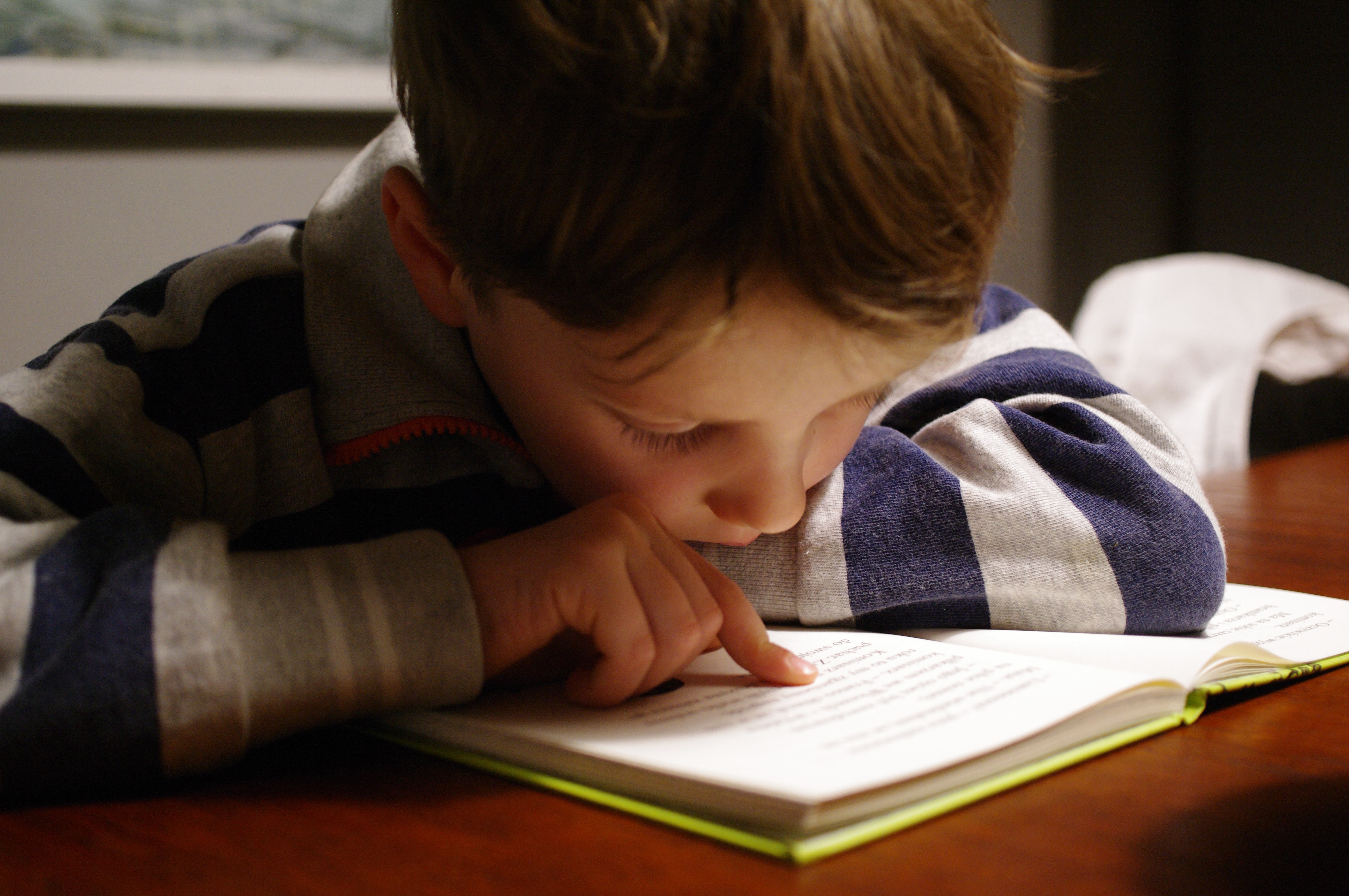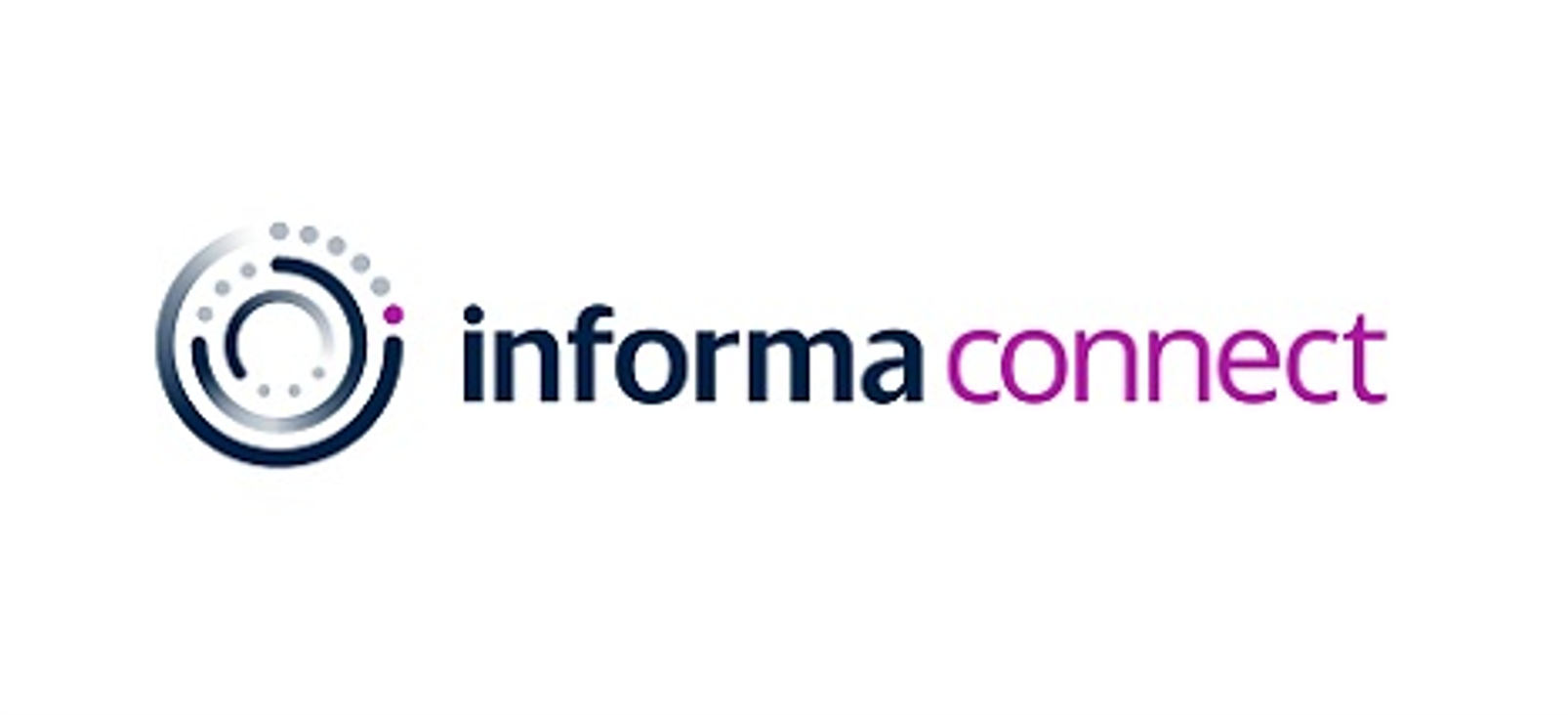This evolution signifies a departure from a fragmented system (where children learn the same as their peers, struggle and then learn more on top) to one that embraces inclusion at its core. So what is the concept of UDL, its benefits, and the challenges associated with its implementation? Let me shed some light on the transformative potential it holds for creating an educational environment that caters to true diversity.
Universal Design for Learning is an educational framework that goes beyond accommodating learners with special needs; it strives to create a learning environment that caters to the needs of all students from the outset. UDL is based on the premise that educational materials and methods should be designed to minimise the need for individualised accommodations or targeted interventions. The goal is to provide a universally accessible and adaptable learning experience that supports the learning preferences and strengths of every student.
One of the primary advantages of adopting a UDL approach is the promotion of equal opportunities for all students. Traditional interventions often singled out students with special needs, inadvertently creating a sense of segregation. UDL, on the other hand, fosters an atmosphere where students, regardless of their abilities or disabilities, can participate in the same learning experiences by being provided multiple means of representation, engagement, and expression.
Furthermore, UDL encourages a shift in mindset from a deficit-based approach to a strength-based one. Instead of focusing solely on remediating weaknesses, UDL emphasises the leveraging of students' strengths and interests to enhance their learning experiences. This strengths-based perspective not only boosts students' self-esteem but also contributes to a positive and supportive classroom culture. In a UDL setting, the emphasis is on recognising and celebrating the unique qualities of each learner, creating an environment where differences are valued and embraced.
Another challenge is the misconception that UDL is only relevant for students with disabilities. Educators and administrators need to understand that UDL benefits all learners, creating an environment where every student can thrive. Overcoming this misconception requires a cultural shift in schools, where inclusivity becomes a shared value and not just a special consideration for a particular group of students
Additionally, UDL aligns with the principles of differentiated instruction, acknowledging that students have diverse learning styles, preferences, and readiness levels. This flexibility in teaching methods ensures that educators can cater to the varied needs of their students without resorting to separate interventions. For example, a UDL approach might involve offering content in multiple formats (e.g., text, audio, video) to accommodate different learning styles, providing choices in how students demonstrate their understanding, and incorporating various methods of engagement to capture students' interest.
Despite the promising benefits, the implementation of UDL comes with its share of challenges. One significant hurdle is the need for professional development for educators. Shifting from a traditional model of teaching to one that embraces UDL requires a deep understanding of the framework and its application. Teachers need training not only in the theoretical aspects of UDL but also in practical strategies for designing and delivering inclusive lessons. Providing ongoing support and resources for educators is crucial for the successful adoption of UDL in classrooms.
Moreover, the design and implementation of curriculum materials that align with UDL principles can be resource-intensive. Creating diverse and flexible learning materials demands time, effort, and sometimes financial investments. Schools and educational institutions must be willing to commit to the necessary resources to ensure the successful integration of UDL into their educational practices.
In conclusion, the transition from targeted interventions to Universal Design for Learning represents a significant step towards creating an inclusive and equitable education system. UDL not only acknowledges the diversity among learners but also actively embraces it as a cornerstone of effective education. By providing multiple means of representation, engagement, and expression, UDL creates a learning environment where every student, regardless of their abilities or disabilities, can thrive. While challenges exist in the form of professional development, misconceptions, and resource allocation, the potential benefits for both educators and students make the journey towards UDL a transformative and worthwhile endeavour.
To learn more about UDL, or to provide your staff with an introduction training session and strategies on the concept of UDL, contact Louise on Louise@LouiseDawson.Com or visit www.cast.org.
Learn more about inclusion, training, and school improvement by visiting Louise on Stand SZ14 at GESS Dubai from Oct 30th.
Author: Louise Dawson: Freelance independent inclusion consultant supporting school improvement through training, advocacy and support.


